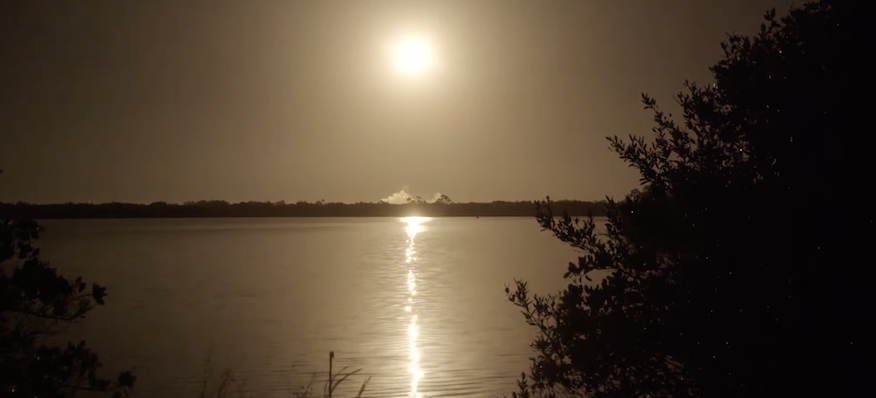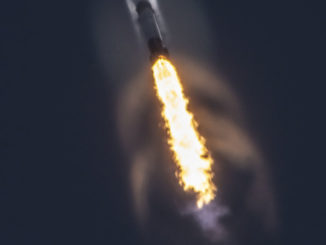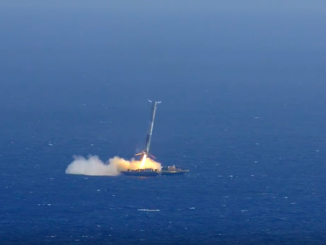
Update May 10, 3:04 a.m. EDT: SpaceX landed its first stage booster on its droneship.
SpaceX launched its 900th Starlink satellite of the year, overcoming some challenging weather moving through the area Saturday morning.
The Starlink 6-91 mission adds another 28 Starlink V2 Mini Optimized satellites to the constellation of more than 7,400 satellites currently in low Earth orbit. This will also be SpaceX’s 250th Falcon 9 rocket launch to date from Space Launch Complex 40 (SLC-40) at Cape Canaveral Space Force Station.
Liftoff happened Saturday, May 10, at 2:28 a.m. EDT (0628 UTC). This was SpaceX’s 38th launch of the year with Starlink satellites as the primary payload.
On Friday, the 45th Weather Squadron forecast a 55 percent chance of favorable weather during the launch window. Meteorologists expressed concerns with a series of storms pushing through Central Florida late Friday and heading into Saturday morning.
“Though most models are quiet in terms of showers and storms over the Spaceport by the start of the primary window early Saturday morning, the combination of jet-induced mid and high clouds mixed with anvils from any ongoing storms to the west will lead to a mixed threat for both Thick Cloud Layers and Anvil Clouds,” launch weather officers wrote.
As things turned out, a break in the clouds allowed for an on-time departure of the Falcon 9 rocket.
SpaceX used Falcon 9 first stage booster 1083 on this mission, which flew for an 11th time. Its previous missions included Crew-8, Polaris Dawn, and Intuitive Machines’ second Nova-C lander.
A little more than eight minutes after liftoff, landed on the droneship, ‘A Shortfall of Gravitas.’ This marked the 108th booster landing for this droneship and the 444th booster landing to date.
Fairing deployment confirmed. Today’s mission marks our first 30th flight of a fairing half! pic.twitter.com/hX98iKHZAr
— SpaceX (@SpaceX) May 10, 2025



